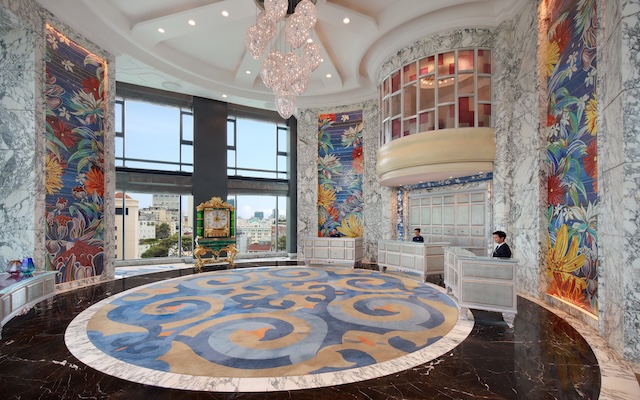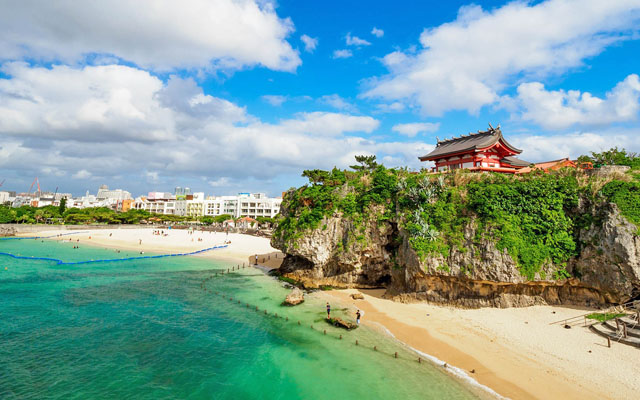INDONESIA’S lifting of cabotage of the sea last month is expected to open up the country’s cruise market and pedal up South-east Asia’s ambition to be the Caribbean of Asia.
International cruise lines can now embark/disembark tourists through the seaports of Benoa (Bali), Tanjung Priok (Jakarta), Tanjung Perak (Surabaya), Belawan (Medan) and Soekarno-Hatta (Makassar).
Chairman of Indonesian Marine Tourism Association, Didien Junaedi, said: “We have been fighting for the country to lift the barriers to marine tourism. This will attract the fly-cruise market to Indonesia.”
International cruise lines interviewed are salivating at the prospects of a larger domestic cruise market and more interesting itineraries.
Farriek Tawfik, director, South-east Asia of Princess Cruises, said: “The Indonesian government has permitted foreign cruise ships to drop anchor at selected Indonesian ports, which are the biggest ports at the moment. This will benefit cruise lines like Princess Cruises which have large ships.
“With the new regulation, we will be able to cater to domestic cruise passengers, allowing us to expand a new source market.”
Rudiana, director of sales of WITA Tour, pointed out that Indonesian travellers who could not join a cruise in the Indonesian waters due to cabotage rules could now enjoy a wider variety of itineraries, which would attract more people to cruise.
He envisioned cruise lines to create more regional cruises or just all-Indonesia itineraries as a result of the new development. This would foster the growth of inbound, outbound and domestic cruising.
Melvyn Yap, regional director-Asia of Silversea Cruises, said: “The Indonesian archipelago is a long stretch. This will give us a lot of time to explore all the beautiful islands instead of trying to get to another country just to meet the cabotage requirements.”
But as itineraries had already been planned for 2017, he expected changes only “perhaps in 2018”, saying Silversea as a forerunner in destination development welcomed this.
Despite the cruise impetus, industry players are aware of challenges. Edhi Sutadharma, general manager of Golden Rama Tours, pointed out: “The question now is whether the Indonesian ports are ready for these big ships to embark and disembark passengers (conveniently)?”
Elly Malaihollo, general manager and operations director of Panorama Prestige Indonesia Cruise Specialist Bali, voiced similar concerns. “We appreciate the policy but that alone is not enough to boost cruise business. We need the infrastructure, the human resources and supporting facilities such sufficient number of immigration counters, baggage handling, excursion buses, and so on. We are talking about moving thousands of passengers at a time,” she said.
Indonesia’s Minister of Tourism Arief Yahya, meeting the media and buyers yesterday, said infrastructure development was a key programme of Joko Widodo’s administration, and the government was focusing especially on maritime development.
“There are 100 marinas and 22 seaports to be built until 2019 and the existing seaports will be upgraded to facilitate the growth of marine tourism,” he assured.
Last year 73 cruise ships called on Indonesia, bringing a total of 102,270 pax. Year to September saw 61 cruise ships bringing 106,653 pax to the country.
Tawfik saw competition from budget airlines and land vacations as challenges and engaging local agencies to promote cruising and organising on-shore excursions.
















